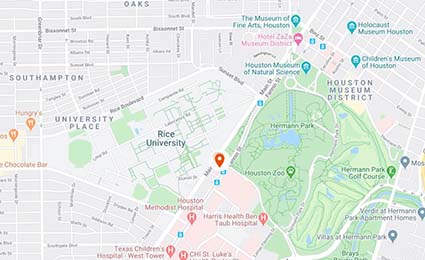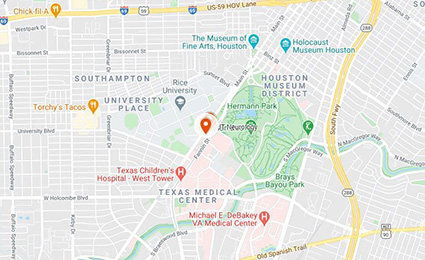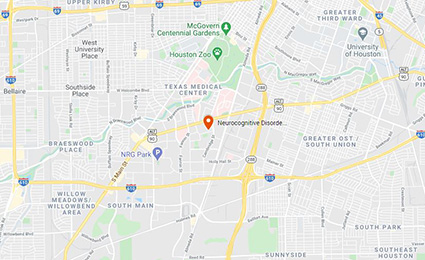Minimally Invasive Spine Surgery
What is Minimally Invasive Spine Surgery?
Minimally invasive spine surgery, or MISS, uses specialized instruments and imaging guidance to treat spine conditions through small incisions. Unlike traditional open surgery, MISS avoids large muscle and tissue dissections, which reduces scarring and discomfort. Our surgeons are highly trained in providing patients these minimally invasive procedures that result in shorter recovery time and fewer potential complications.
Who is a good candidate for Minimally Invasive Spine Surgery?
The procedures are most-commonly used to stabilize joints or to relieve pressure in the spine. Patients with chronic neck or back pain from conditions like herniated discs, spinal stenosis, spondylolisthesis, degenerative disc disease, tumors, and fractures or other trauma might be good candidates for minimally invasive spine surgery, if their issue is localized. Patients must be in good health and able to tolerate anesthesia. Imaging will be used to help determine if a patient is a good candidate.
Learn about how minimally invasive spine surgery differs from more traditional open spine surgeries with Dr. Jessica Stark.
What are the most common types of Minimally Invasive Spine Surgery?
Discectomy: This procedure removes a damaged spinal disc or discs to treat pain, numbness, or weakness in the legs or arms, most commonly from a herniated disc.
Spinal Decompression: This procedure relieves pressure on the spinal cord and nerves, often caused by conditions like herniated discs or spinal stenosis.
Spinal Fusion: This minimally invasive spine surgery is used to stabilize the spine by fusing vertebrae together. Screws and a rod are placed through a small incision during the procedure.
Other common minimally invasive spine procedures:
- Minimally Invasive Artificial Disc Replacement
- Minimally Invasive Foraminotomy
- Minimally Invasive Kyphoplasty
- Minimally Invasive Laminotomy
- Minimally Invasive Vertebroplasty
How is Minimally Invasive Spine Surgery performed?
One or more small incisions, usually smaller than an inch, are made through the skin. A retractor can be used to spread the muscle out of the way. The surgeon uses a microscope or endoscope to see down into the spine and make the needed adjustments to the bone, disc, or ligament.
What are the benefits of Minimally Invasive Spine Surgery?
The procedure tends to be faster with less time under anesthesia, less blood loss, less muscle damage, and a smaller incision to reduce the risk of infection. Scarring is usually less. Hospital stays are usually shorter. Recovery time is shorter, and patients can return to their normal activities sooner.
What is the recovery from Minimally Invasive Spine Surgery?
Most patients stay in the hospital for a day or two. Patients are given medication to manage discomfort. Walking is encouraged after surgery, but heavy lifting should be avoided for several weeks. Physical therapy will be prescribed to assist with regaining strength and flexibility. Your medical team will offer guidance about when you can return to your normal activities. As with open surgery, your doctor will discuss the risks of blood clots, nerve damage, and infection from surgery.











